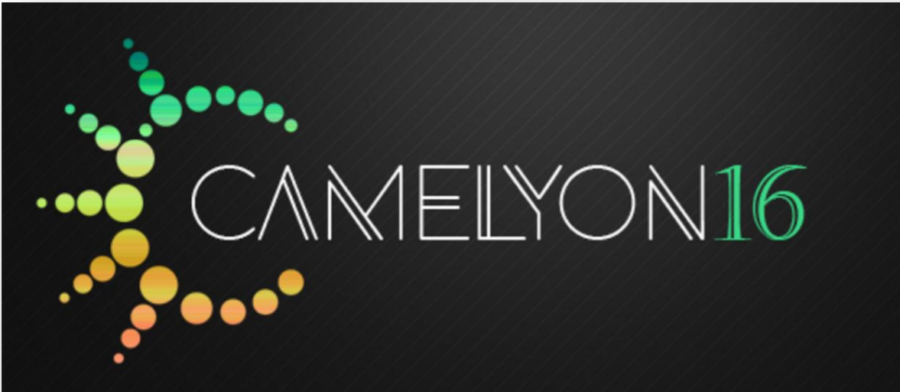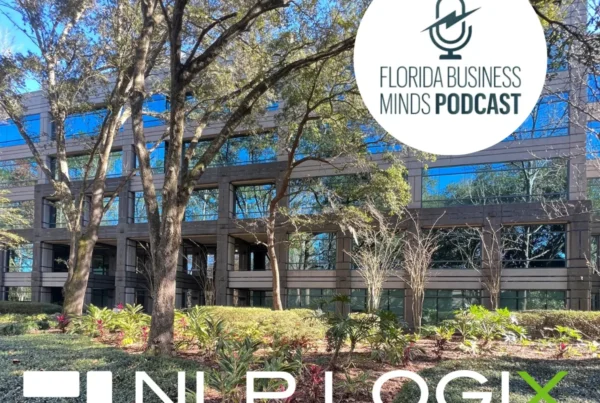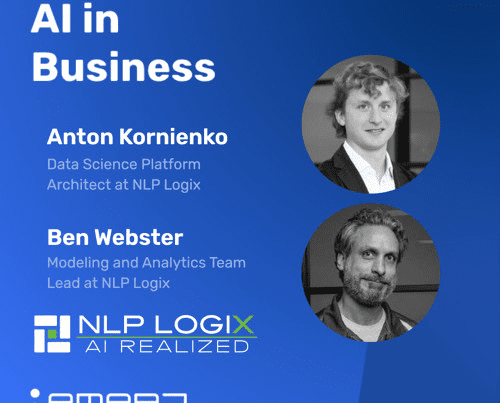The emerging technology could have implications for industries worldwide.
“Computer vision tasks like object detection and localization have a great many similarities across a variety of industries, so incorporating this common functionality into LogixStudio modules only makes sense,” Matt Berseth, Lead Scientist, NLP Logix
JACKSONVILLE, FLORIDA (PRWEB) APRIL 20, 2016
Jacksonville-based advanced data analytics solutions company NLP Logix is on the forefront of methods being developed in the field of computer vision, a technology application that analyzes image and video data with the goal of duplicating human abilities of vision, perception and understanding.
NLP Logix was recently selected as one of the top five applicants in an international competition to develop a machine learning model to help pathologists better detect cancer metastasis in lymph node images through such technology. NLP Logix presented its submission at the CAMELYON16 Challenge held April 13 in Prague. The conference was sponsored by the 2016 IEEE International Symposium on Biomedical Imaging (ISBI).
Digital pathology is an emerging field in the medical industry but the process of evaluating whole-slide, large pixel images of tissue specimens can be labor intensive. The CAMELYON16 Challenge asked participants to apply a scientific approach for developing algorithms that would assist pathologists in improved cancer diagnosis of patients as well as reduce the workload of pathologists.
Under NLP Logix Lead Scientist Matt Berseth, the Jacksonville team began work on the project in January, building upon its proprietary machine learning software package, LogixStudio, by adding computer vision capabilities. “Computer vision tasks like object detection and localization have a great many similarities across a variety of industries, so incorporating this common functionality into LogixStudio modules only makes sense,” Berseth said.
The team used Google’s TensorFlow™ software package running on a graphic processing unit (GPU) the company bought from NVIDIA, to teach the network to recognize patterns within the image slides most likely to contain cancer tumors. Berseth and his colleagues also applied predictive modeling methods to identify each region within a slide where the tumors could be found.
According to Babak Ehteshami Bejnordi, lead organizer of the CAMELYON16 Challenge, this year’s contest was especially competitive, with submissions from some of the world’s top research groups, including MIT and Harvard Medical School. Bejnordi praised NLP Logix’s use of a “well-known modern architecture” as well as its “advanced post-processing approach” in setting the team apart from other participants.
Ted Willich, CEO of NLP Logix, said the technology developed by the company could be deployed with virtually no lead time required. “We’ve built it out in such a way that it could be put into production and used right way,” said Willich. “We really focus on getting that end product into the hands of our customers.”
Willich added that computer vision also presents opportunities for efficiencies in maintenance and monitoring systems such as those used in the video data-heavy transportation industry.
“Because the video information is so large that a human could not possibly watch all of it, the data is often only used after an incident or failure has occurred,” Willich said. “With the application of the computer vision technology, an organization can now have the computers process the images and more proactively identify potential maintenance or safety enhancement opportunities.”





